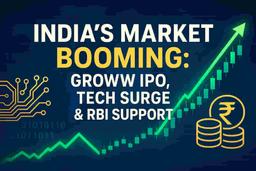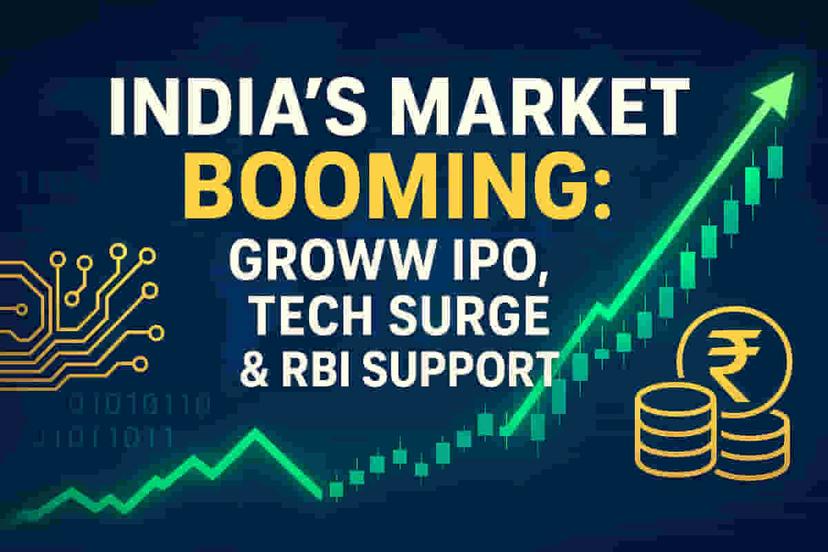Hitachi Energy Stock: Motilal Oswal Reiterates Sell Rating on Sky-High Valuations After Q2 Results!
Brokerage Reports
|
Updated on 12 Nov 2025, 03:37 pm
Reviewed By
Satyam Jha | Whalesbook News Team
Short Description:
▶
Stocks Mentioned:
Detailed Coverage:
Motilal Oswal's latest research report highlights that Hitachi Energy's financial performance in the second quarter of fiscal year 2026 (Q2FY26) exceeded their estimates. This outperformance was primarily due to a significant improvement in EBITDA margins and an increase in other income.\n\nThe company reported healthy order inflows during the quarter, and its pipeline of potential future projects (bid pipeline) remains strong. However, the report notes that the time taken to complete and receive payment for orders (order book cycle) has been extending over the past few quarters.\n\nHitachi Energy is undertaking capacity expansion to ensure it can meet the growing demand across its various business segments. Analysts have increased their financial forecasts for FY27 and FY28 to account for higher margins, capital expenditure, and other income.\n\nDespite these operational strengths and raised estimates, Motilal Oswal has reiterated its 'Sell' recommendation for the stock. The primary reason cited is the stock's lofty valuation multiples, with P/E ratios for FY26E, FY27E, and FY28E being exceptionally high.\n\nThe brokerage firm has revised its Target Price (TP) upwards to INR 18,000 (from INR 16,500), based on a valuation of 60 times the projected earnings for the next two years.\n\nImpact\nThis research report, with its 'Sell' rating and emphasis on high valuations, could negatively influence investor sentiment towards Hitachi Energy. Investors might reconsider their positions, potentially leading to downward pressure on the stock price, especially if the market agrees with the valuation concerns. The revised TP suggests limited upside from current levels, reinforcing the cautious outlook.\nRating: 7/10\n\nDifficult Terms:\nEBITDA Margins: Earnings Before Interest, Taxes, Depreciation, and Amortization, expressed as a percentage of revenue. It shows profitability from core operations.\nOther Income: Income generated from sources other than the company's primary business operations.\nOrder Inflow: The value of new orders received by a company for its products or services.\nBid Pipeline: A list of potential contracts or projects a company is actively pursuing.\nOrder Book Cycle: The duration from when an order is placed until it is fully executed and paid for.\nCapacity Expansion: Increasing the production capability or service delivery potential of a company.\nEstimates: Projections made by financial analysts regarding a company's future financial performance.\nTP (Target Price): The price level at which a stock analyst or brokerage firm expects the stock price to reach within a specific timeframe.\nP/E (Price-to-Earnings) Ratio: A valuation metric comparing a company's stock price to its earnings per share. A high P/E suggests investors are willing to pay more for each dollar of earnings.\nFY26E/27E/28E: Estimates for the financial years 2026, 2027, and 2028, denoted by 'E' for estimate.\nCAGR (Compound Annual Growth Rate): The average annual growth rate of an investment over a specified period longer than one year.\nPAT (Profit After Tax): The company's net profit after all expenses and taxes have been deducted.\nForward Earnings: The projected earnings of a company for upcoming financial periods.
Mutual Funds Sector

Indian Investors Break Records: Mutual Fund SIPs Hit ALL-TIME High Amid Market Rally!

Equity Fund Mania Cools? Your Money's Big Shift Revealed! 🚀
IPO Sector

India Poised for Gains? Groww IPO Debut, IT Sector Boom, Bihar Polls & RBI's Rupee Defense - What Investors Need to Watch!





